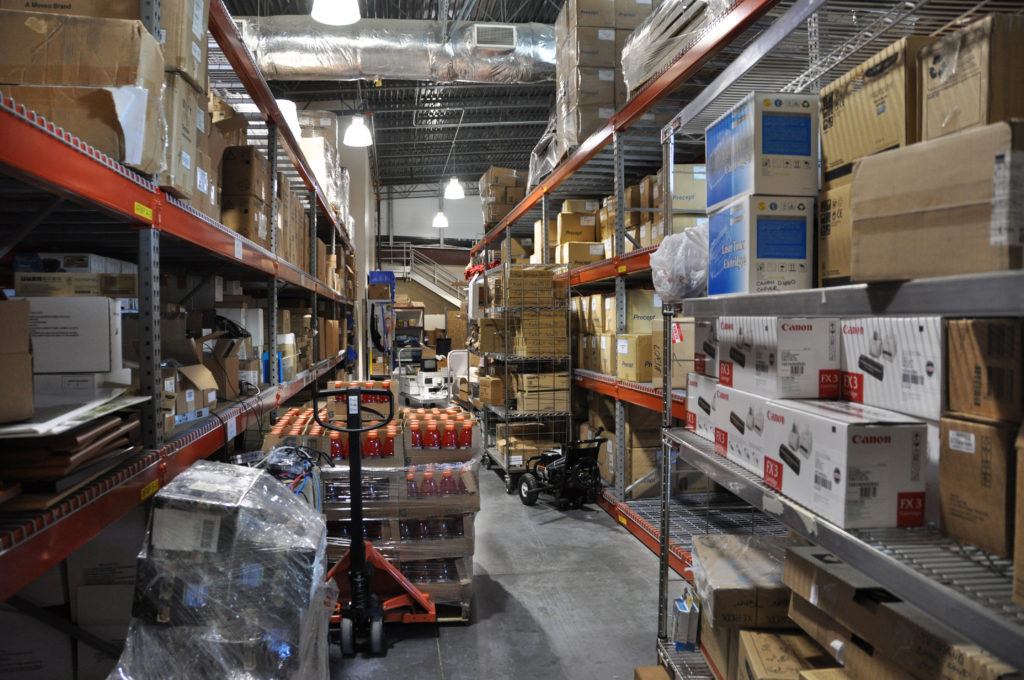A Guide to Proper Warehouse Organization

It is not possible to operate an effective subscription box service without proper warehouse organization. An organized warehouse makes it possible to pick and pack products more quickly. It makes life easier for you and your employees. It allows you to ship out your boxes more quickly, which enables you to keep up with promised subscription delivery dates. Faster and more reliable deliveries will satisfy your customers and increase the likelihood of them renewing their subscriptions, or referring friends or businesses to your service. Simply put, if you run a subscription box service, an organized warehouse is one of the keys to your success, growth, and profit.
The question is, where do you even start with the warehouse organization process?
Warehouses aren’t libraries. They aren’t just cataloging one type of item in an easy-to-follow alphabetical system. Instead, many warehouses contain a variety of different items that are not so easy to categorize or put in a logical order. As such, many businesses have trouble setting up smart warehousing solutions. Below, we’ve provided a few tips you can use to get off on the right foot with proper warehouse organization.
Step 1: Plan the floorplan.
This point might seem straightforward, but it’s crucial. Before you bring any products into your warehouse, you need to lay out the floorplan. On the most basic level, this step will tell you how you are arranging your shelving and how much space you have. Map out the floorplan with just the shelving locations, to see how many different sections you require. You can then start grouping items in your inventory into categories or sub-categories with other equivalent items. Each category should occupy a part of your floorplan. Once you are finished, the plan should look like a mini world map, where each group of inventory items gets its own “country.”
Step 2: Label everything.
It’s still not time to bring your inventory into the warehouse. Instead, your next step should be to label everything. Different rows, sections, racks, shelves, docks, and bins should all be labeled, with categories breaking down further as you go. You might have signs for rows or sections that identify the categories or sub-categories of the items stored there. Racks, shelves, docks, and bins, meanwhile, can be labeled with barcodes, SKUs, UPCs, or other number systems. These numbers identify which products belong in which spots.
Step 3: Set up your barcode inventory system.
The process for building a barcode inventory system may vary, depending on whether your products already have barcodes. In most cases, product manufacturers include barcodes that you can use in your system. Sometimes, you might have to generate new barcodes for products. In either case, working with a barcode solutions provider—particularly one that targets the warehouse management market explicitly, such as System ID Barcode Solutions—will help you devise a system that makes sense for your business. Not only will this system make it easier to find everything in your warehouse—based on aisle/row/shelf/bin locations—but it will also make it easier to track inventory, print labels for shipping, and more.
Managing a warehouse is not easy—especially as you grow and scale your business. However, by following the three steps above, you will be able to keep your warehouse organized in a way that drives productivity and profit for your business. Good luck!
Written by AromaTech
Learn more at https://aromatechscent.com/
![]()
